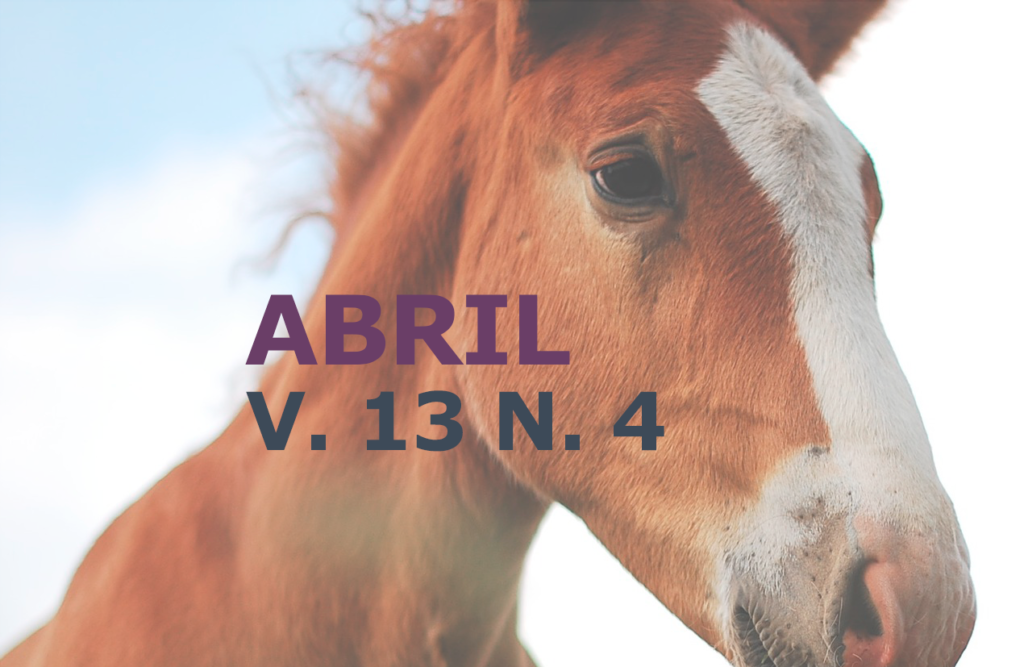Productivity of forage grasses irrigated with water of different electrical conductivities in the semi-arid region of the north of Piauí
DOI:
https://doi.org/10.31533/pubvet.v13n4a301.1-9Keywords:
Forage production, water resources, salinityAbstract
The objective of this work was to evaluate the forage production of sorghum (Sorghum vulgare), elephant-grass (Pennisetum purpureum) and canarian grass (Echinochloa pyramidalis) in the semi-arid region of north Piauí using irrigation water of different qualities electrical conductivity (EC). In the arid and semi-arid regions the concentrations of salts can reach high values, damaging the soil and the plants. In the case of the semi-arid region of the Brazilian Northeast, the water used for irrigation is largely high in salts, as in wells and small and medium-sized dams. Studies aimed at selecting species of grasses adapted and / or tolerant to salinity via water should be encouraged, allowing the use of waters of marginal quality in the production of animal feed and releasing fresh water for human and animal supply. The experimental design was randomized blocks in a subdivided plots scheme with four replications, where the irrigation waters with different electrical conductivities (EC) constituted the main plots and the forage grasses subdivided plots. The treatments consisted of 4 levels of water salinity (S1, S2, S3 and S4) corresponding to EC of 0.5; 1.5; 2.0 and 2.5 dS m-1. Dry matter production (DMP), crude protein (CP), neutral detergent fiber (NDF) and acid detergent fiber (ADF) were determined. The components of forage biomass production, in terms of quantity and quality, of sorghum and elephant-grass were not affected by irrigation with water with electrical conductivity of up to 2.5 dSm-1 in the soil and climatic conditions of the semi-arid north of Piauí.
Downloads
Published
Issue
Section
License
Copyright (c) 2019 Francisco José de Seixas Santos, Braz Henrique Nunes Rodrigues, João Avelar Magalhães, Newton de Lucena Costa

This work is licensed under a Creative Commons Attribution 4.0 International License.
Você tem o direito de:
Compartilhar — copiar e redistribuir o material em qualquer suporte ou formato
Adaptar — remixar, transformar, e criar a partir do material para qualquer fim, mesmo que comercial.
O licenciante não pode revogar estes direitos desde que você respeite os termos da licença. De acordo com os termos seguintes:
Atribuição
— Você deve dar o crédito apropriado, prover um link para a licença e indicar se mudanças foram feitas. Você deve fazê-lo em qualquer circunstância razoável, mas de nenhuma maneira que sugira que o licenciante apoia você ou o seu uso. Sem restrições adicionais
— Você não pode aplicar termos jurídicos ou medidas de caráter tecnológico que restrinjam legalmente outros de fazerem algo que a licença permita.





